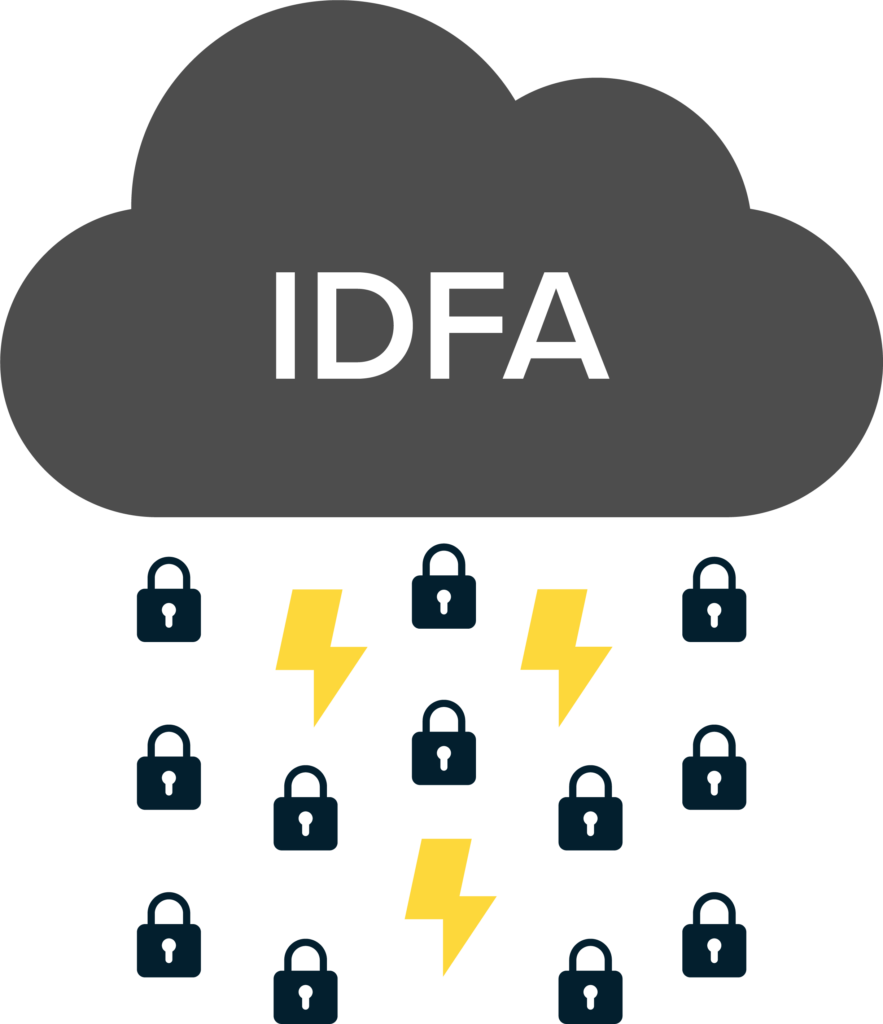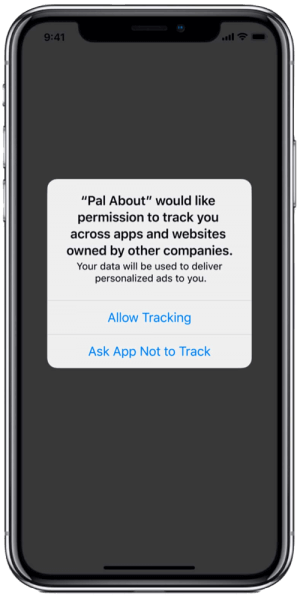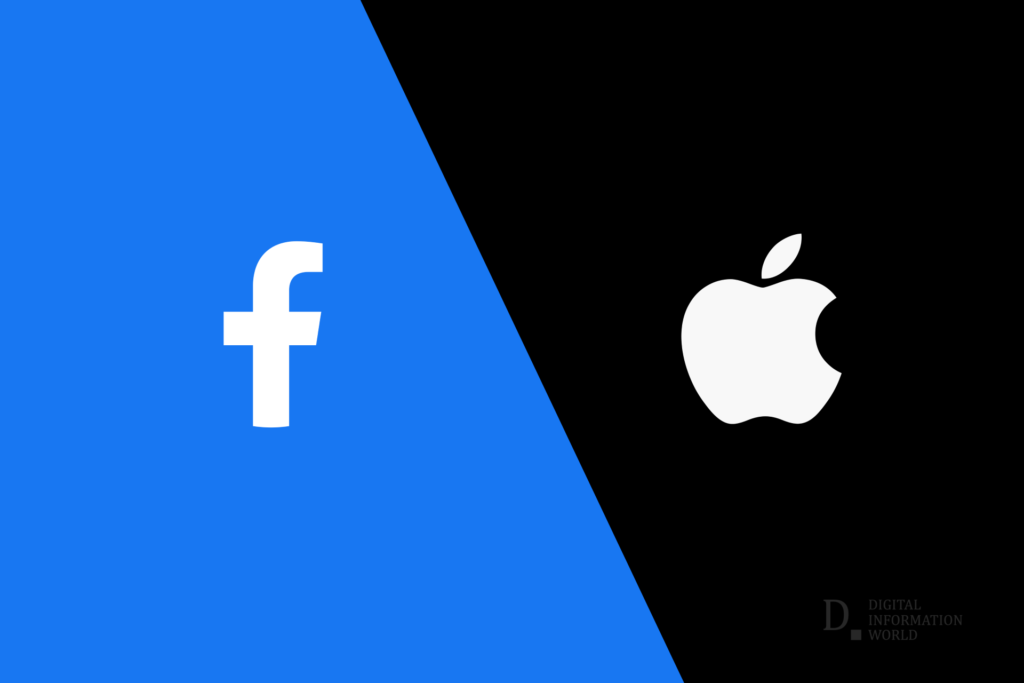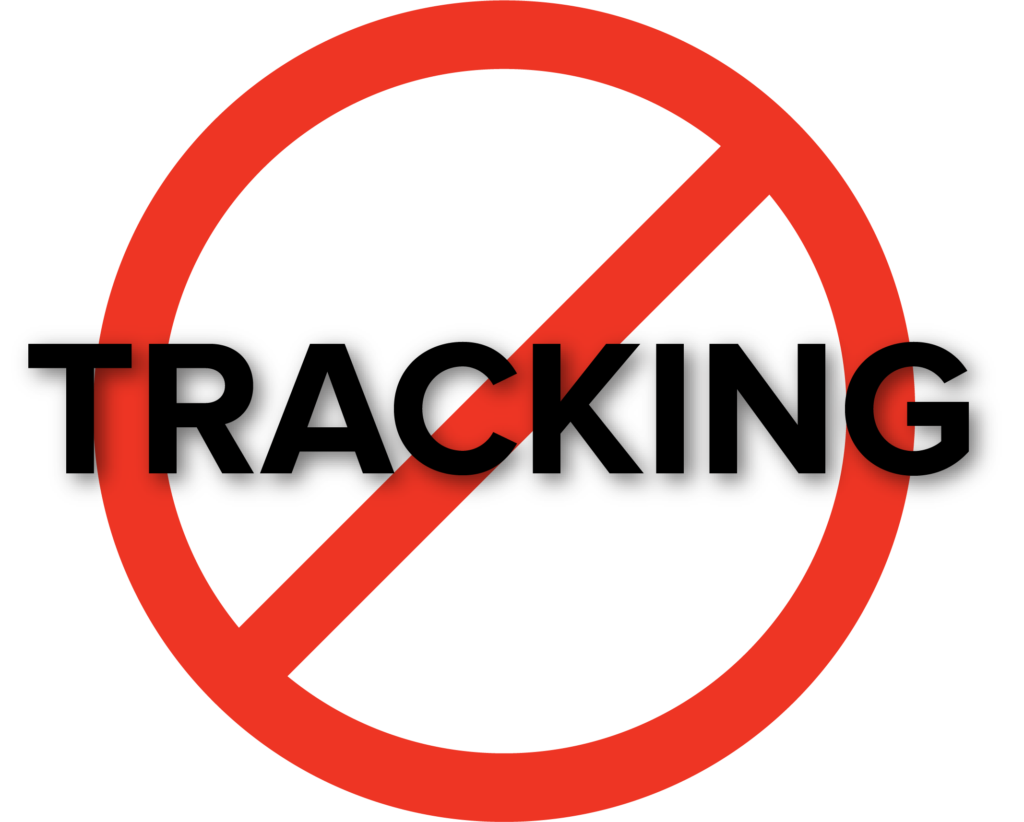The Data Privacy Storm Continues: Apple ATT & IDFA Changes Now Live with iOS 14.5
02/22/2021

Apple’s ATT & IDFA changes have become a very high-profile public discussion, and these changes are going to affect the vast majority of marketers and the mobile advertising and marketing measurement markets. So, if you don’t know about IDFA yet, it’s time to get educated—and OptiMine has got you covered. What is IDFA, how does it work, and what’s happening with IDFA? Continue reading as we’ll dive deeper to discuss what this means for marketers, why it will likely disrupt the digital advertising ecosystem, how it impacts social giants like Facebook, and why it’s only a single cloud in a much larger consumer data privacy storm that will disrupt marketers for years to come.
So, what are ATT & IDFA anyway?
“ATT” is Apple’s privacy approach for improved tracking transparency for all Apple users. “ATT”- short for AppTracking Transparency- was an initiative started in 2020. “IDFA” stands for “Identifier for Advertisers,” and is a unique device identifier assigned by Apple to a user’s device (iPhone, iPad, Mac and Apple TV devices). This is then used by advertisers for tracking and identifying a user, so that they can determine if someone saw their ad, clicked on it, or installed an app on their phone. Apple originally designed the IDFA for this kind of advertising tracking.
How exactly does IDFA work?
The device identifier allows an advertiser to link a user and an action, like clicking the brand’s ad in a browser and/or installing, using, or interacting with a mobile app after seeing the brand’s ad. Every iOS device that Apple ships comes assigned with a unique IDFA that allows advertisers to indefinitely track user interactions and use that information to build user profiles that are attached to that device. By assigning a single ID to each iOS device, advertisers are able to obtain more granular information about that user’s activities within the given campaign with greater certainty, further clarifying the performance of specific advertising campaigns and helping mobile advertisers optimize campaign strategies.
What has happened with IDFA? What was changed?
To be clear, some have said that Apple is killing the IDFA, which is not accurate. Under this new change which went live on April 26, 2021 with the launch of iOS 14.5, mobile apps on Apple devices (iPhones, iPads and Apple TV) are required to explicitly ask users for permission to track them (using the IDFA). A new pop-up prompt will highlight that granting IDFA access will allow the app in question to track the user’s activities across apps and websites and will allow the option for users to “opt-in” to the tracking. This is significant, because instead of iPhone owners having to dig into their settings to disable this type of tracking, Apple will demand developers to ask for permission first—or else, they’ll risk suspension or removal from the App Store if they don’t comply. Further, Apple will not allow the app developer to change any functionality of the app if the user decides not to opt-in to the tracking. This rule is built to ward off situations where an app developer might turn off certain functions in their apps or charge fees if the user has declined to allow tracking in the app.

Why does this matter to marketers?
IDFA makes it possible for digital ad networks to track the behavior of iOS users across a massive ecosystem of websites and mobile apps, and these networks can access individualized data insights that inspire the targeted ads we see in our everyday lives. For brands that use these ad networks to reach their customers, the personalized ads they can serve by leveraging the IDFA translates into more user clicks, higher conversions, and stronger campaign performance. Without IDFA, these ads would be much less personalized and relevant, making this type of advertising less advantageous for both ad networks as well as the marketers who rely on them. Apart from targeting and personalization, the IDFA is used to power the following marketing activities:
- Ad frequency capping
- Ad fraud detection
- Campaign-level measurement
- Marketing attribution
With an expected increase in users who choose not to allow tracking, marketers will now face a large hole for advertising measurement. Brands—and the ad networks and ad publishers (including Facebook and others) they use—that currently rely on such tracking to power large parts of their customer engagement strategy are facing the need to make MAJOR strategic shifts in a short amount of time, especially when some in the industry are predicting that up to 95% of people will opt-out when given the option (via https://www.adexchanger.com/mobile/will-people-actually-opt-in-to-idfa-tracking/).

This hole in advertising measurement and user tracking is also an issue specifically for Facebook, and Apple and Facebook are at odds over the IDFA change due to the crippling of ad tracking in the external network of Facebook Partners (ads shown outside of the Facebook app). Marketers using Facebook’s extended audiences are going to have problems from an ad tracking/measurement perspective as significant tracking gaps appear once the IDFA change is rolled out (for more on the Apple vs. Facebook feud, click here: https://www.socialmediatoday.com/news/facebook-goes-on-the-offensive-against-apple-over-coming-changes-to-in-app/592314/). However, there may also be a major opportunity for advertisers that use Facebook’s Audience Network—if CPMs substantially (which is very probable due to the lack of tracking), it could represent a major value to advertisers who use non-tracking measurement. Why? Because they will still be able to assess the value of these ads while also paying far lower CPMs. The bottom line: marketers relying on tracking-based measurement will now end up with huge headaches.
What about Apple’s SKAdNetwork?
Apple has created an alternative to IDFA-based tracking with its own SKAdNetwork API. This protocol essentially makes Apple the final word on App install attribution once Apple’s IDFA changes are made live. When a consumer clicks on an ad that takes them to the App Store to download and install an app, the SKAdNetwork will provide basic—but anonymized—data about the campaign back to the Ad Network.
While the SKAdNetwork will provide a linking mechanism for app installs, it will fall short on many other important dimensions:
- Conversion “paths and multi-touch attribution: the “holy grail” of understanding the sequence of ads and their impacts on conversions will become increasingly out of reach as Apple will be silent on the data needed for such path measurement. Also, it never worked very well anyway so brands won’t be impacted as much as they think (to read OptiMine’s “Measuring the Incremental Effects of Marketing,” click here).
- View-through impressions and attribution: What if your targeted consumer saw your ad, but didn’t click right away? If the consumer was made aware of your brand by seeing your ad campaign, but didn’t click, you’re out of luck. For most brands, this equates to approximately 99% of their ad impressions, and wouldn’t it be foolish to assume that 99% of the impressions are of zero value? For consumers who’ve opted out of tracking via IDFA, brands that rely on tracking-based measurement solutions will have much greater difficulty understanding how low click ads and channels impact conversions.
- Cross-site advertising, tracking, & measurement: this is the area that damages Facebook and other networks the most, because these networks will no longer be able to identify IDFA-opt-out users that interact with ads outside of their own apps. If your brand uses Facebook and Google’s ad partner networks to extend the reach of your ads, you’ll have a negative hit both in terms of ad targeting and the ability to use tracking to perform attribution.
Just Another Step in the Demise of Tracking

Taken in the broader context of what is happening in the rapidly shifting marketing ecosystem, this upcoming IDFA change is just one chapter in larger story. The fact is that a gigantic consumer data privacy wave is hitting marketers on multiple fronts, and it shows no signs of stopping:
- Google killing 3rd party cookies
- Apple’s ITP killing 3rd party cookies and also 1st party cookies after 24 hours. Apple’s ITP has already led to Facebook cutting short its own marketing attribution window to one week.
- The death of Multi-Touch Attribution (MTA)
- Firefox blocking 3rd party cookies and developing anti-tracking technologies
- Regulations such as the CCPA, CPRA & GDPR that create major financial risks for brands using consumer tracking, with similar regulations expanding in many other states (for more information on California’s latest consumer data privacy regulation approved in November 2020, click here: https://www.jdsupra.com/legalnews/understanding-the-new-california-41465/).
The Answer? A Future-Proof Marketing Measurement Solution
Marketers need to see the forest for the trees and recognize the larger context of consumer data privacy changes and the broader impacts these changes will have on all aspects of marketing, including measurement. The continued demise of tracking will put constant pressure on brands’ marketing measurement, and brands need to act now to future-proof their efforts. It is also important to note that tracking does not equal measurement (for more on this topic, read OptiMine’s article in AdExchanger, here). As marketers adopt future-proof measurement methods, they’ll not only avoid what will be a continuous flow of disruptions and measurement limitations—they will also attain market and competitive advantages. Now is the time to act.
At this point, some of you may be wondering: is this kind of “future-proof” marketing measurement even possible? Yes, it is—with OptiMine. OptiMine uses no consumer identity data, PII, or consumer tracking, EVER. Contact us today and schedule a brief introductory call to discuss how we can help with all of your brand’s marketing measurement needs!

